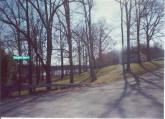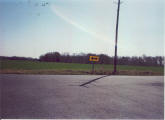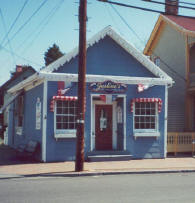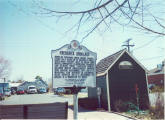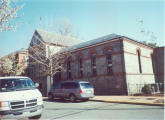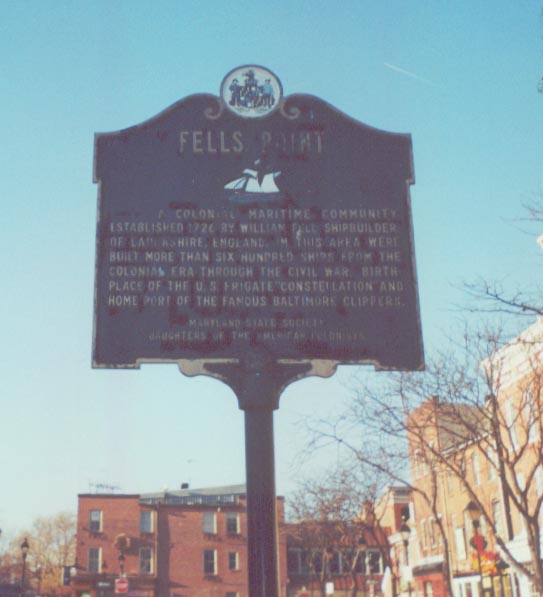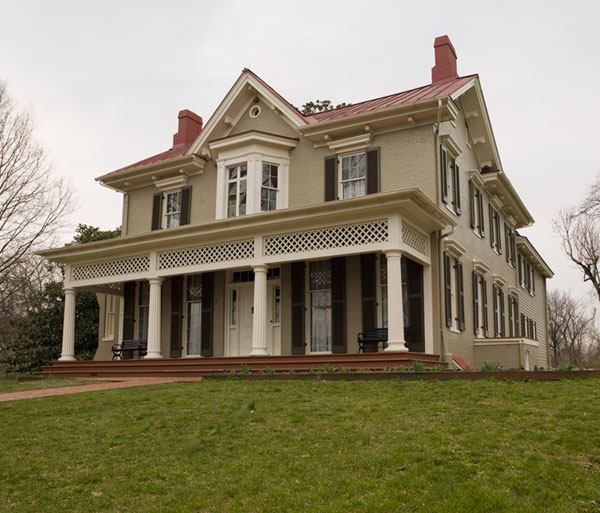|
American Transcendentalism: An Online Travel Guide Journals
Poetry
Special
Presentations Syllabus
WebQuests
Links &
References About This Site |
|
Douglass’s Maryland Our
house stood within a few rods of the Chesapeake Bay, whose broad bosom was
ever white with sails from every quarter of the habitable globe. . . . I have
often, in the deep stillness of a summer’s Sabbath, stood all alone upon the
lofty banks of that noble bay, and traced, with saddened heart and tearful
eye, the countless number of sails moving off to the mighty ocean. . . .
[T]here, with no audience but the Almighty, I would pour our
my soul’s complaint. . . . “Only think of it; one hundred miles
straight north, and I am free! . . . This very bay shall bear me
into freedom.” Frederick Douglass was born in 1817 or 1818 and spent his entire adult life crusading for the equal rights of all human beings. Like many abolitionists, he framed his ideas within the philosophy of Transcendentalism. Join us as we retrace the formative steps as he moved along the pathway from slavery to freedom. If this
amazing historical figure is unknown to you, have a look at a short
bio. You can then explore this multimedia presentation on American
Visionaries: Frederick Douglass. Take a look at the many portraits of this extremely handsome and charismatic
man. To get a quick overview of Frederick Douglass's background, check
out his family tree. Right:
Portrait of Frederick Douglass (Courtesy National Park Service, Museum
Management Program and Frederick Douglass National Historic Site, Frederick
Douglass, Carte-de-Visite, FRDO 3937, photo by B.E. Hawkins, http://www.cr.nps.gov/museum/exhibits/douglass/visionary.html#portraits).
|
|
|
Talbot County, Maryland
|
|||||||||||||||
|
Fells Point, Baltimore, Maryland
|
|
This webpage was created by Lizzie Lowe, an
RBA student at Shepherd College. |
|
“American Transcendentalism: An Online Travel Guide” was
produced by students in ENGL 446, American Transcendentalism, and ENGL 447, American
Literature and the Prominence of Place: A Travel Practicum. These courses
were team-taught in the Department
of English at Shepherd
College (now Shepherd University), Shepherdstown, West Virginia, in
Spring 2002 by Dr. Patricia Dwyer and Dr. Linda Tate.
For more information on the course and the web project, visit “About This
Site.” © 2003 Linda Tate. |
|
|
|
|


